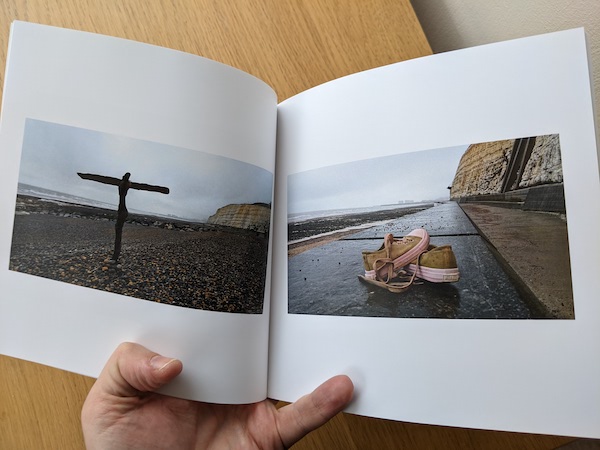
October ended with the announcement of another lockdown, which makes me grateful that I did a little travelling. I visited Shropshire, Oxford, the Forest of Dean and spent a couple of days on the South Downs Way. The clocks going back brought in an abrupt winter and I’m now trying to get used to the daylight finishing before six.
This month, I’ve reduced the amount of live news that I’ve been consuming as it was making me anxious for little benefit. I’m still reading summaries and longform pieces, and I’m not missing much by not following every minor update.
My walking total was a fairly low 402,082 steps, with only one proper walk in the month – an average of just under 13,000 steps a day, and a maximum of just 34,727. But, despite the weather and my feelings of lethargy, I am still managing 10,500 steps a day. Just about.
The trip to Shropshire was a great chance to relax, and got me back into reading actual books. I managed to finish six this month, relatively high for 2020. Among them was Nick Hayes’ The Book of Trespass and Gareth Rees’ Unofficial Britain, both excellent.
I’ve watched a little more TV than usual. After a disappointing middle, Lovecraft Country rallied to finish its season on a very high note. The Haunting of Bly Manor managed to be incredibly tense and spooky, despite falling apart at the end. Walking Dead: The World Beyond is loathed by most of the critics I’ve read, but is a great show so far, and the apocalyptic mood is perfect.
On the PS4 I’ve mostly been playing The Last of Us Part 2. I’ve wanted to like this game so much, given the glorious scenery and strong ruined-world energy. In the end, the linear world design and grim murders have proved too much and made it all feel like a chore. I think I will be back to Death Stranding in November.
I saw three films: rewatches of Arrival and The Craft, and Trial of the Chicago 7 on Netflix. The last of these was stunning, with some great performances. I find Jerry Rubin and Abbie Hoffman fascinating and loved the portrayals of them.













